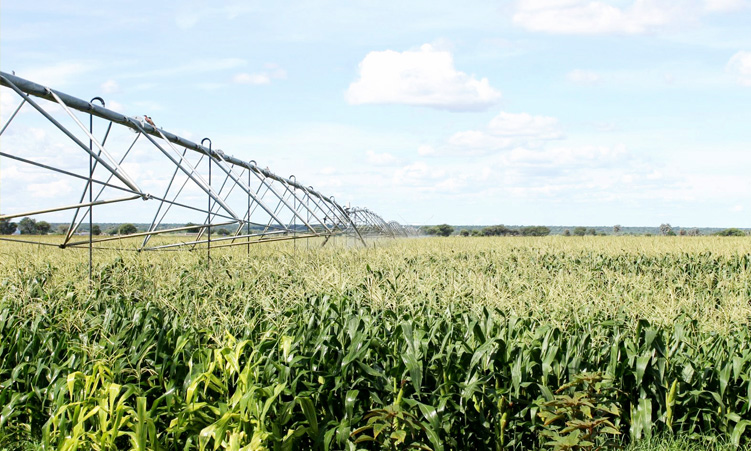Namibian livestock farmers near the border with South Africa (SA) qualify to deliver livestock to a European Union (EU) export abattoir.
According to the latest issue of the Namibia Agricultural Union (NAU) newsletter, these farmers qualify for the lucrative market if there is no outbreak of foot-and-mouth disease (FMD) within a radius of 10km from their farms, given they meet the other requirements set by the EU.
The union was clarifying confusion that arose recently as to whether Namibian livestock producers farming near or at the South African border qualify for EU certification.
This confusion was the result of South Africa’s current FMD status.
Although the Northern Cape and Western Cape provinces in SA have not reported any FMD cases, they are considered to be part of the disease-free area, but have lost this status.
“The confusion was urgently discussed with the Namibian Directorate of Veterinary Services, and the latter gave the assurance that these farmers do qualify if there is no outbreak of FMD within a radius of 10km from their farms,” the newsletter says.
SA had an FMD-free zone without vaccination prior to January 2019.
Since January 2019, eight outbreaks were reported in SA that compromised the status of the FMD-free zone without vaccination.
According to the SA ministry of agriculture, four of these FMD outbreak events were resolved and closed with the World Organisation for Animal Health (Woah), and four are still open.
All outbreak events prior to 2021 have been resolved and closed with the Woah, the ministry added.
SA has made great progress in containing and closing these FMD outbreaks.
According to the Livestock and Livestock Products Board of Namibia (formerly the Meatboard) the African buffalo is the only true carrier of the South African Territories-type FMD virus, as declared by the Woah.
Being a carrier of the virus, the buffalo does not present with any symptoms.
“Transmission of the virus from buffalo to cattle can occur through close contact as the virus is present in all secretions and in aerosols from the respiratory tract.
“Once infected, cattle-to-cattle transmission can occur. Large quantities of the virus are excreted for up to 14 days after the development of lesions. The most common route of infection from cattle to cattle is via aerosols from the respiratory tract,” the newsletter reads.
The control of FMD in sub-Saharan Africa is a challenge due to the presence of African buffalo and their seemingly natural carrier status of the virus.
Countries privileged to have large game populations, and specifically buffalo populations, would therefore permanently struggle with the control of FMD and the trade-barriers it creates, the Woah says.
Stay informed with The Namibian – your source for credible journalism. Get in-depth reporting and opinions for
only N$85 a month. Invest in journalism, invest in democracy –
Subscribe Now!






